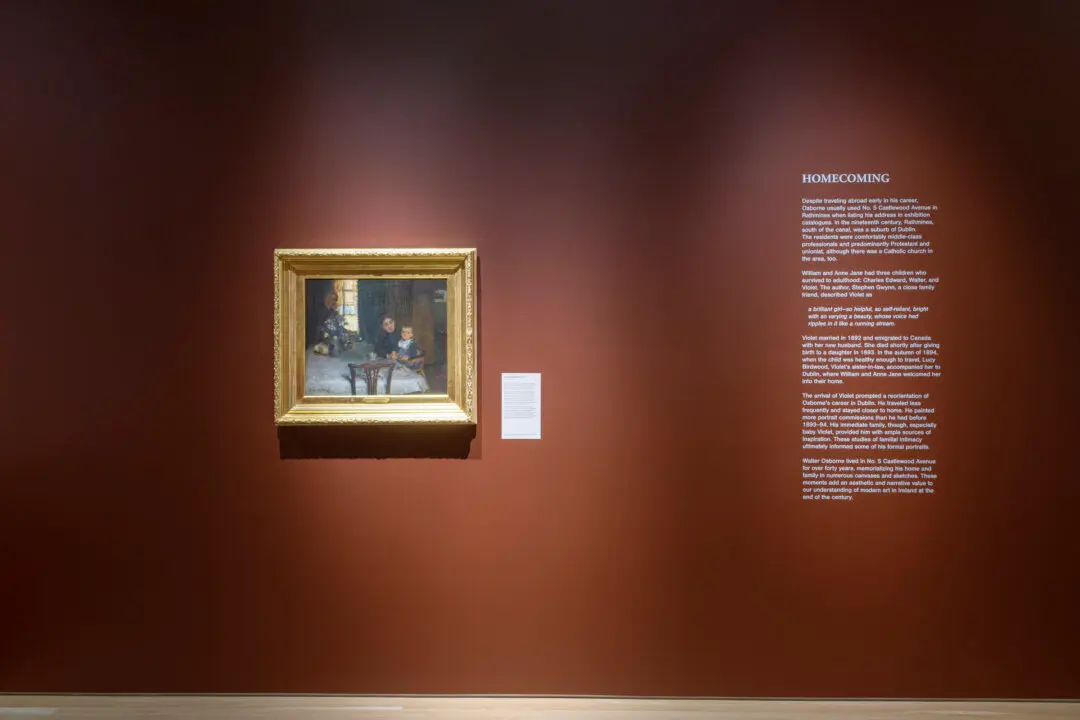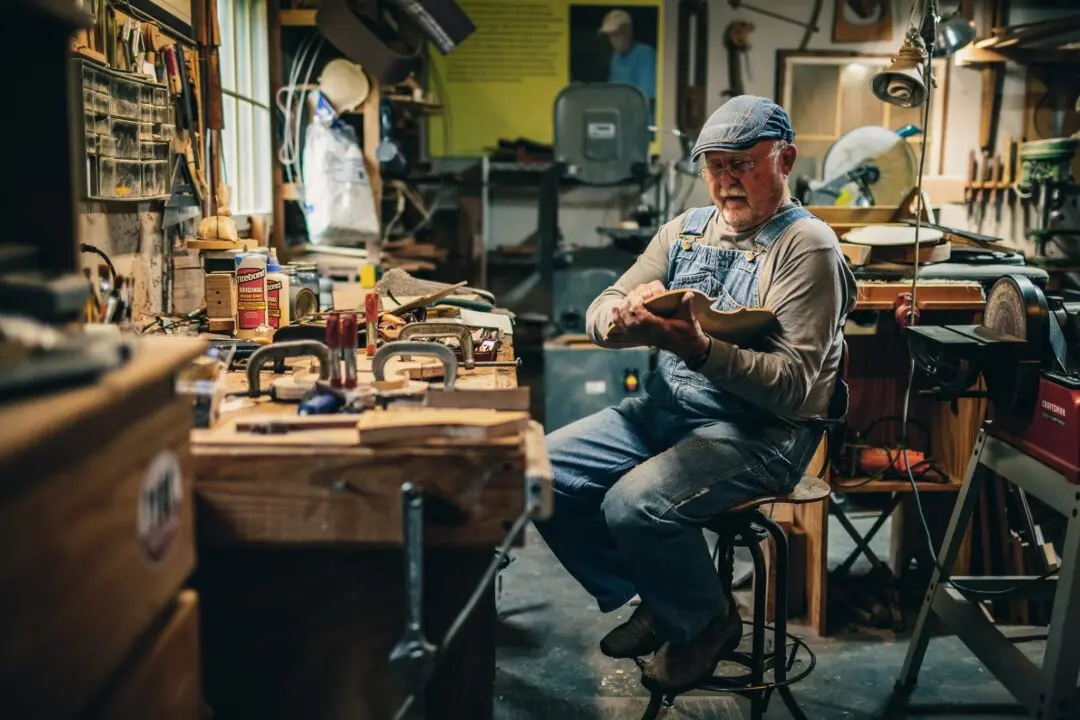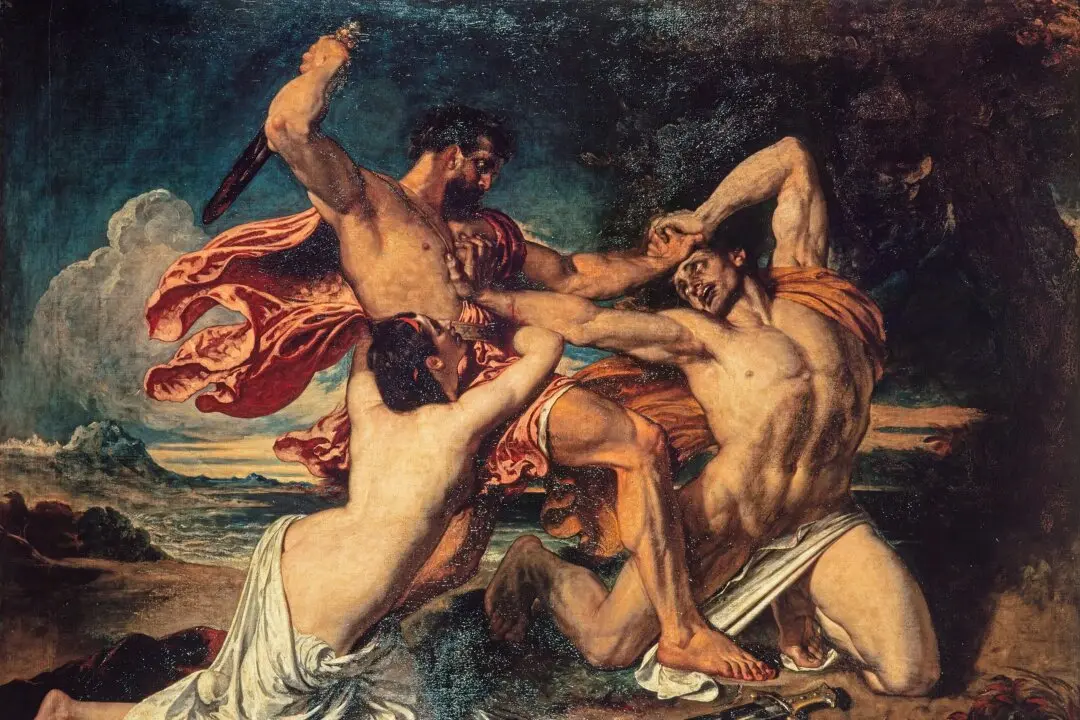At first glance, everything in the pastel painting “The Lavergne Family Breakfast” seems rather ordinary: A mother and daughter sit at a table eating breakfast. Similar scenes could play out in homes across the country. But look closely and you’ll see that 18th-century Swiss artist Jean-Etienne Liotard has conveyed the resplendent nuances of human nature.
Lauded as Liotard’s masterpiece, “The Lavergne Family Breakfast” was acquired in May by London’s National Gallery. (It had been on loan to the gallery since October 2018, the first time it was shown in public.) The pastel painting has been in Britain since 1755 when it was bought by Liotard’s most important patron, Viscount Duncannon.






